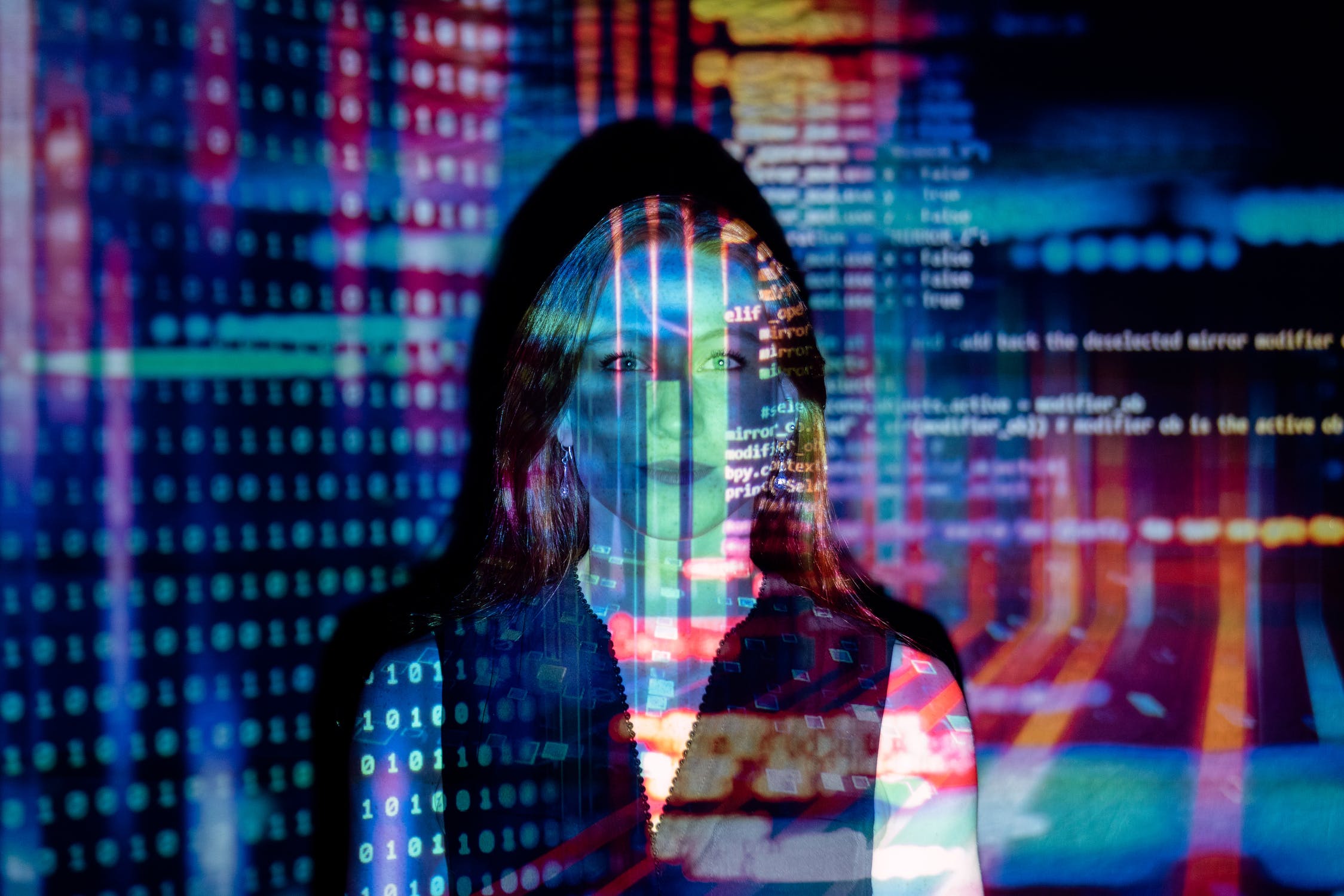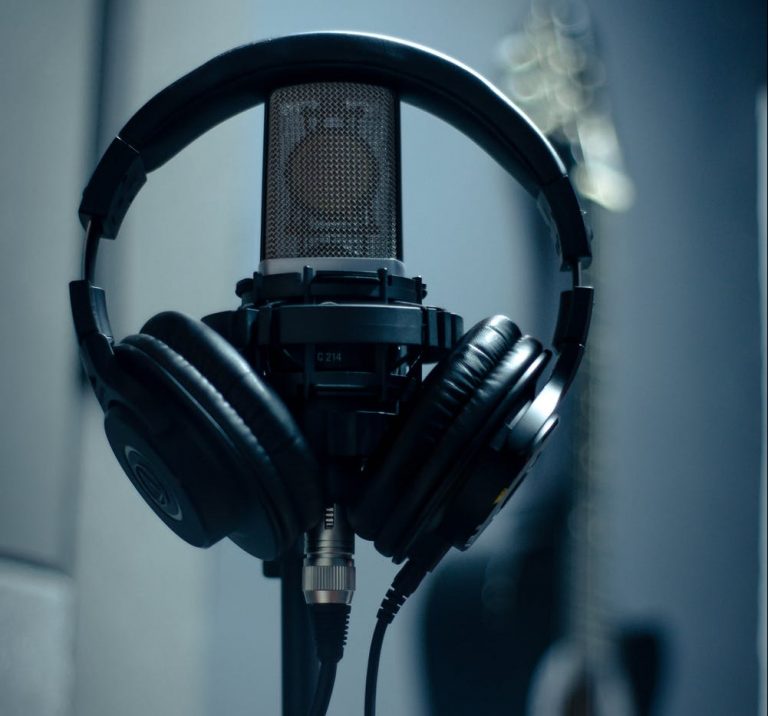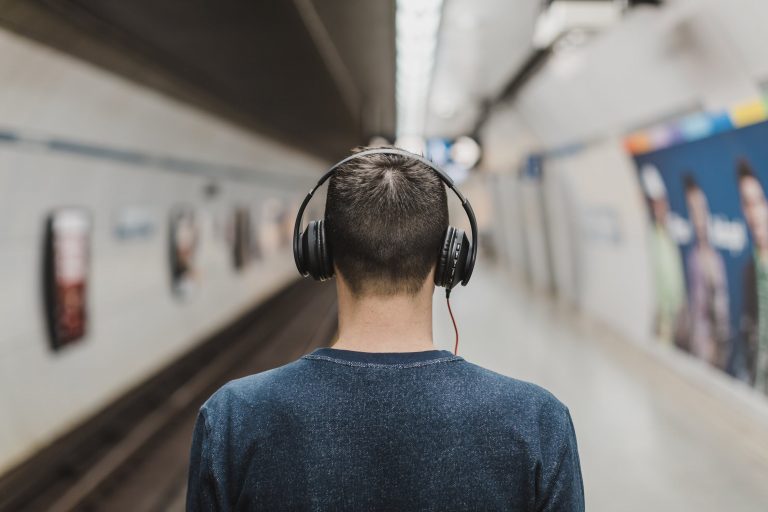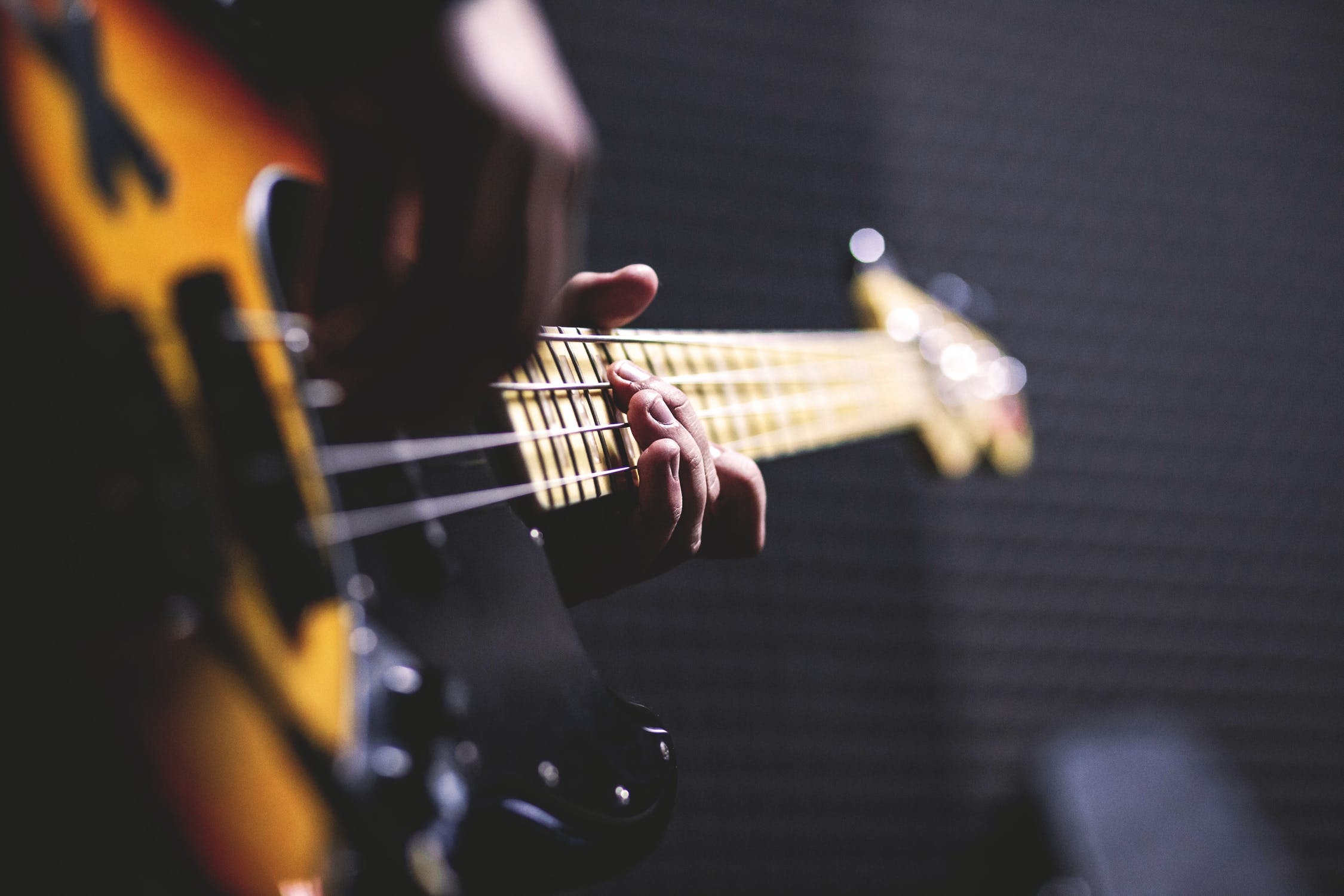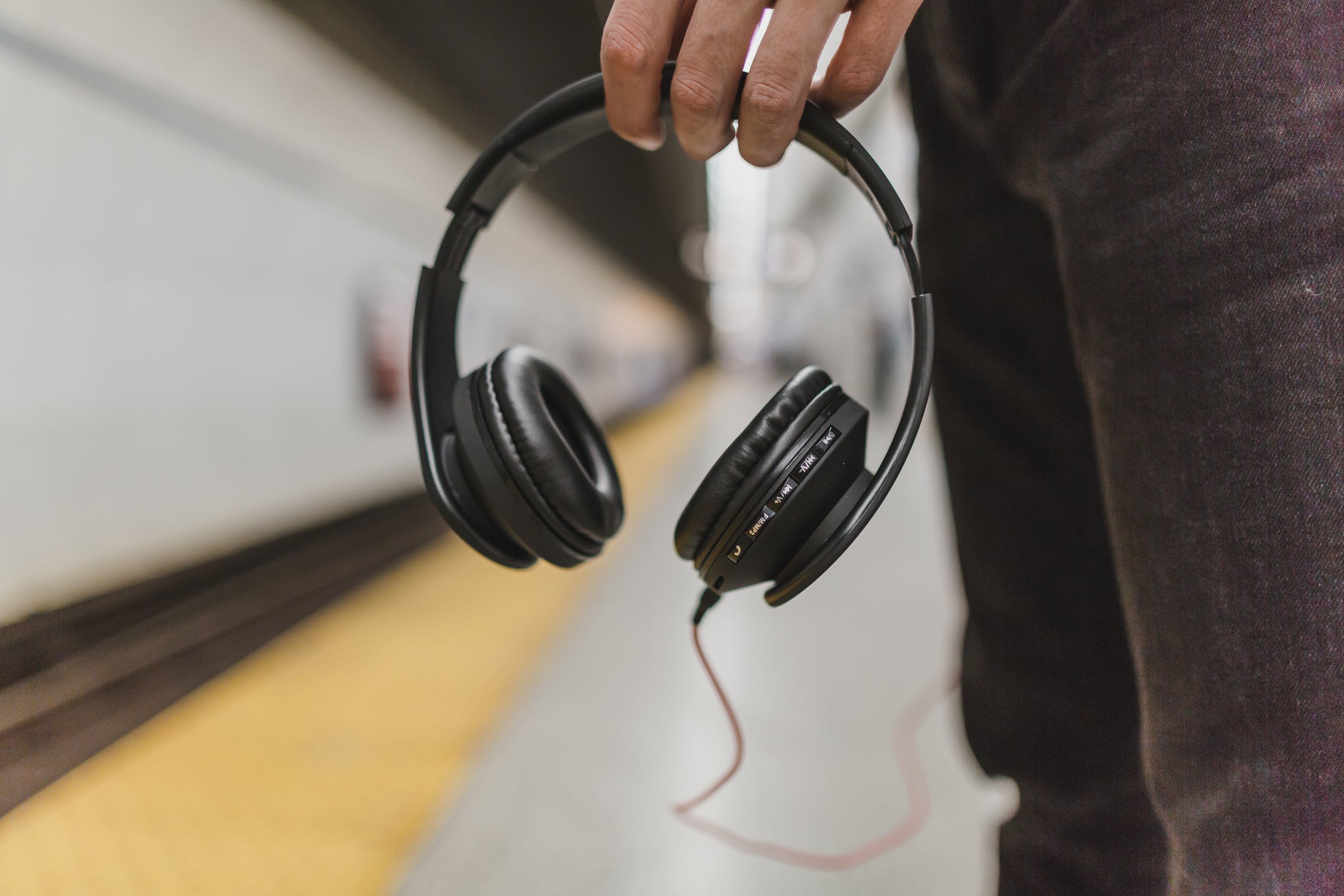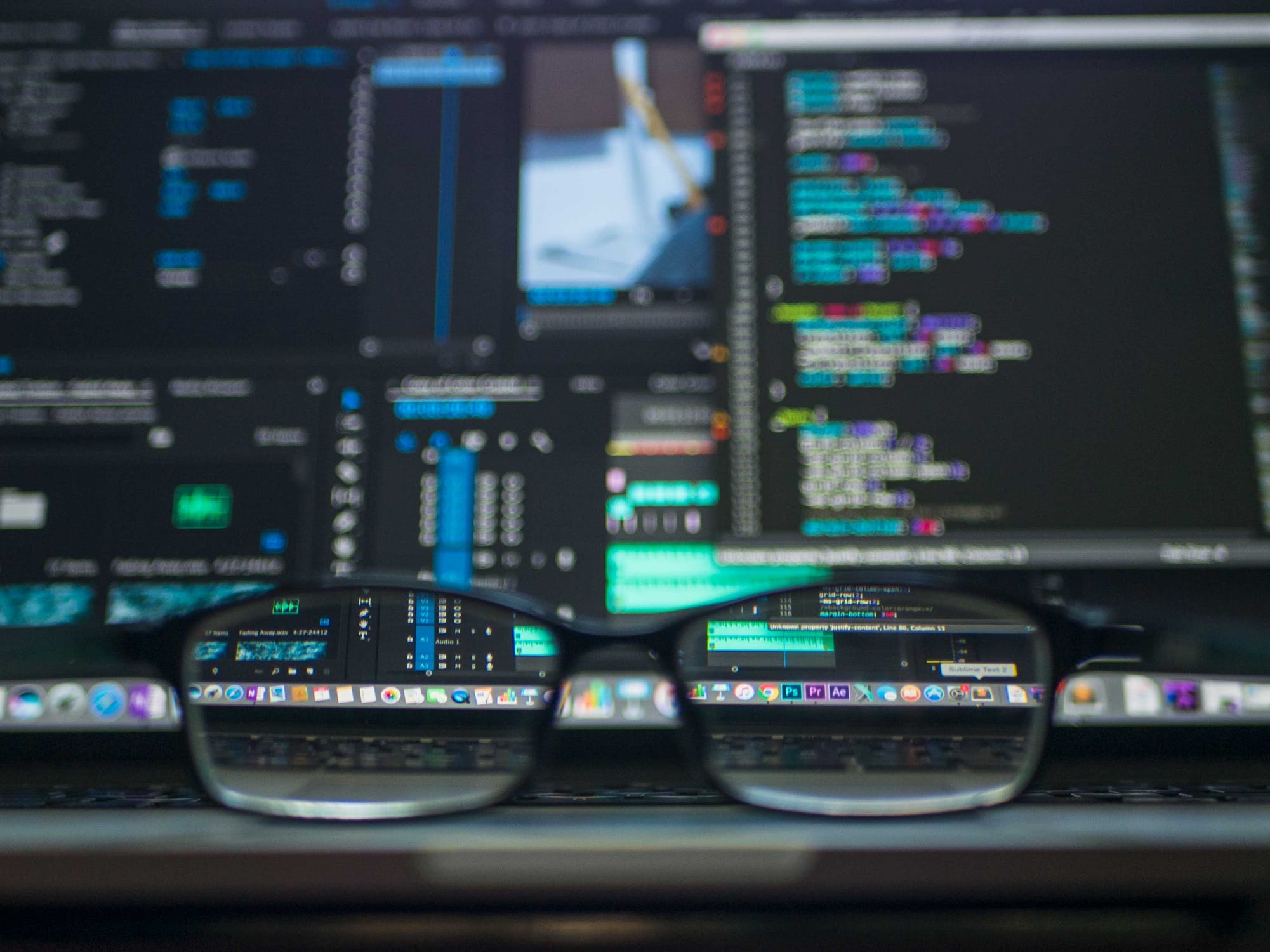Every time a song gets played music-makers need to be paid. But which song got the play? And which music-makers do we pay? Too often, we simply don’t know.
This has long been a challenge for the music industry.
It means that royalties collected when music is performed live and when recorded music gets played in public spaces often cannot be accurately paid to the record labels, music publishers, artists and songwriters whose music was actually used.
Meanwhile in the digital space, we have similar problems with the user-generated content, video-sharing and livestreaming apps that are becoming increasingly key revenue generators for the growing music rights business.
But there is a solution: next generation audio ID that is able to identify every version, every performance and every cover of every song everywhere. Breathe Music is developing a ground-breaking new AI-drive technology that will achieve just that.


